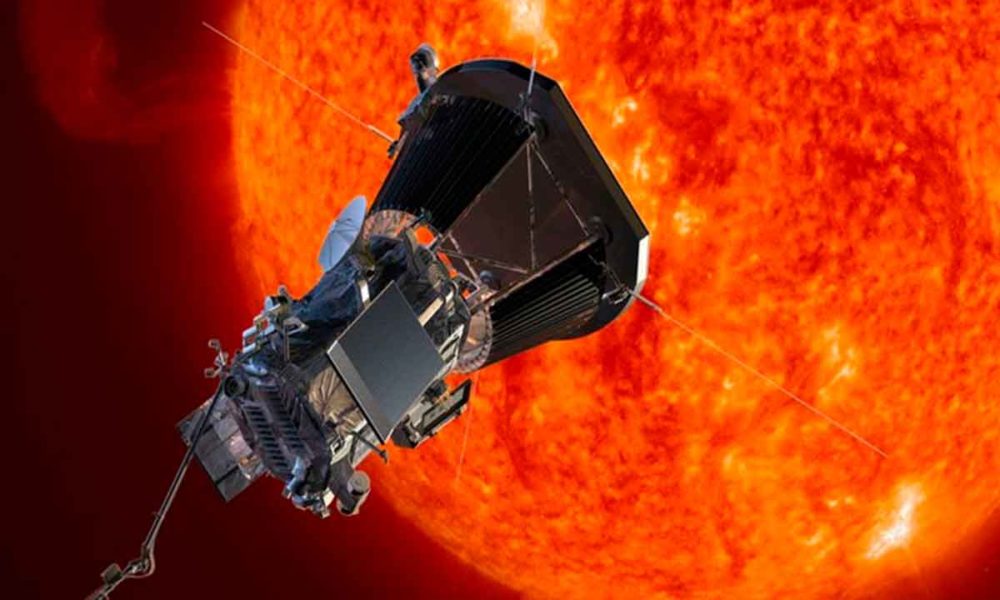
Lazada into space on August 12, 2018, the Parker solar probe has marked a before and after in our relationship with the Sun. And it is that its ambitious objective was to achieve “get closer” to our star, survive to tell it and, of course, take advantage of this approach to take a multitude of data that will provide us with answers to many doubts, among which the following undoubtedly stand out:
- Why is the Sun’s corona warmer than its visible surface?
- Why is the solar wind so fast?
- Why do some particles emitted by the Sun move away from it, accelerating until they reach half the speed of light?
Already in December of that same year, we began to know about how well his fascinating journey was going, and a year later NASA began to give answers to some of the questions we asked ourselves about the Sun, and which began to be answered thanks to the Parker solar probe. And since then, the probe has continued to plow through space at breakneck speed, completing new approaches around the star king, to collect more and more data.
And what speed is that? Well, the Parker solar probe has reached 700,000 kilometers per hour in one of these “approximations.” And in case you wonder why I use quotation marks to refer to them, it is because the closest distance it has gotten to the sun is 6.2 million kilometers. A huge distance for the scale that we use in our day to day, but which is nevertheless a milestone, if we talk about approaching a body whose surface can reach 5,778 degrees Kelvin (5,505 degrees Celsius).
Since its launch until now, the Parker Solar Probe has already completed ten approaches to the Sun, the last one started on Nov. 16 and that ended last Friday November 26 (often Black Friday…). However, the data collected by the probe on this approach will still take a few weeks to reach Earth, as the probe cannot transmit it from its current location. NASA anticipates that this transmission will take place between December 23 and January 9.
In this tenth approach to the Sun, the probe has taken data related to the solar wind, one of the priorities of this mission, and also on the dust, more specifically on clouds of the same that are detached from other celestial bodies and that move at high speed through the solar system. The probe aims to assess the effects of its impact, and although we are talking about very small entities (between 2 and 20 microns in diameter), the speed at which they move is so high that it could cause serious damage to the probe solar Parker. Very relevant information for future missions.
Parker Solar Probe | POT



